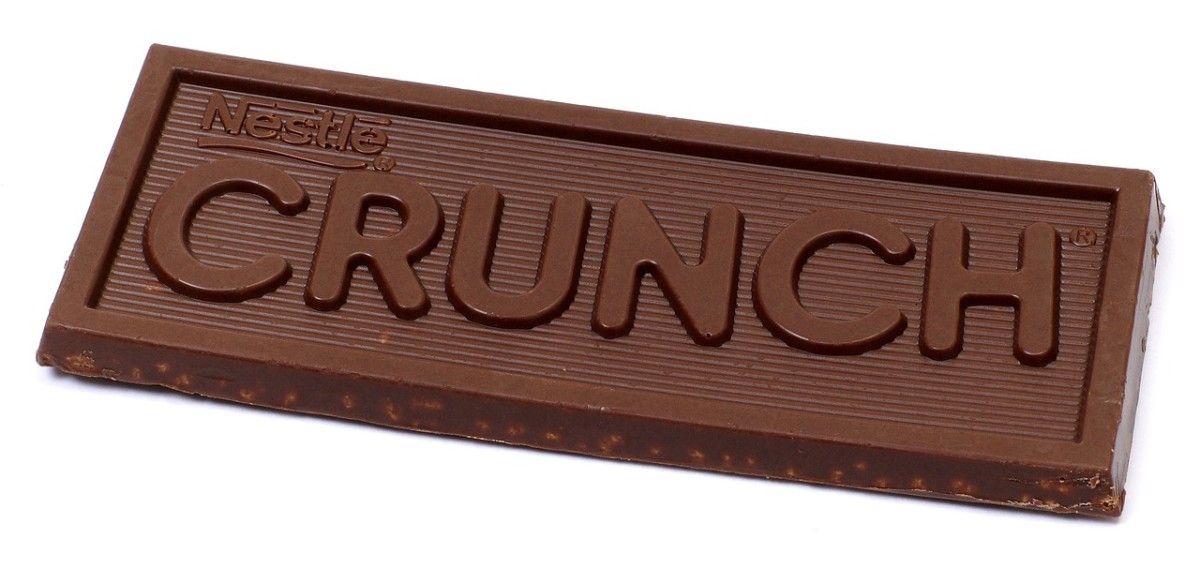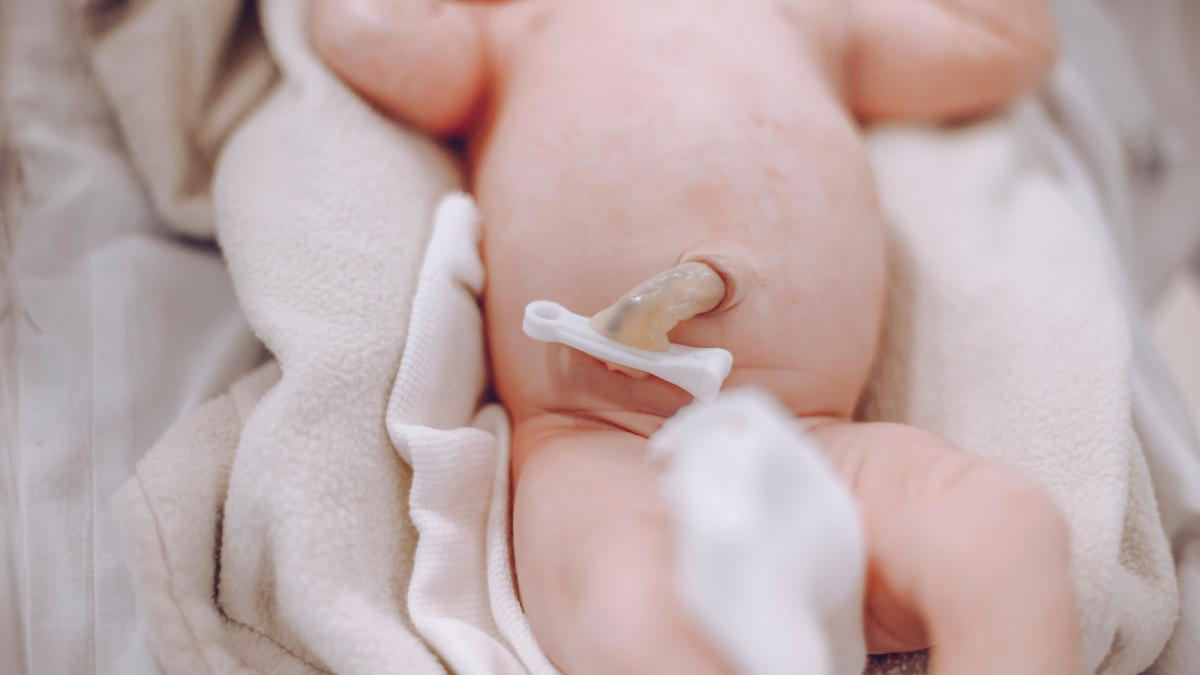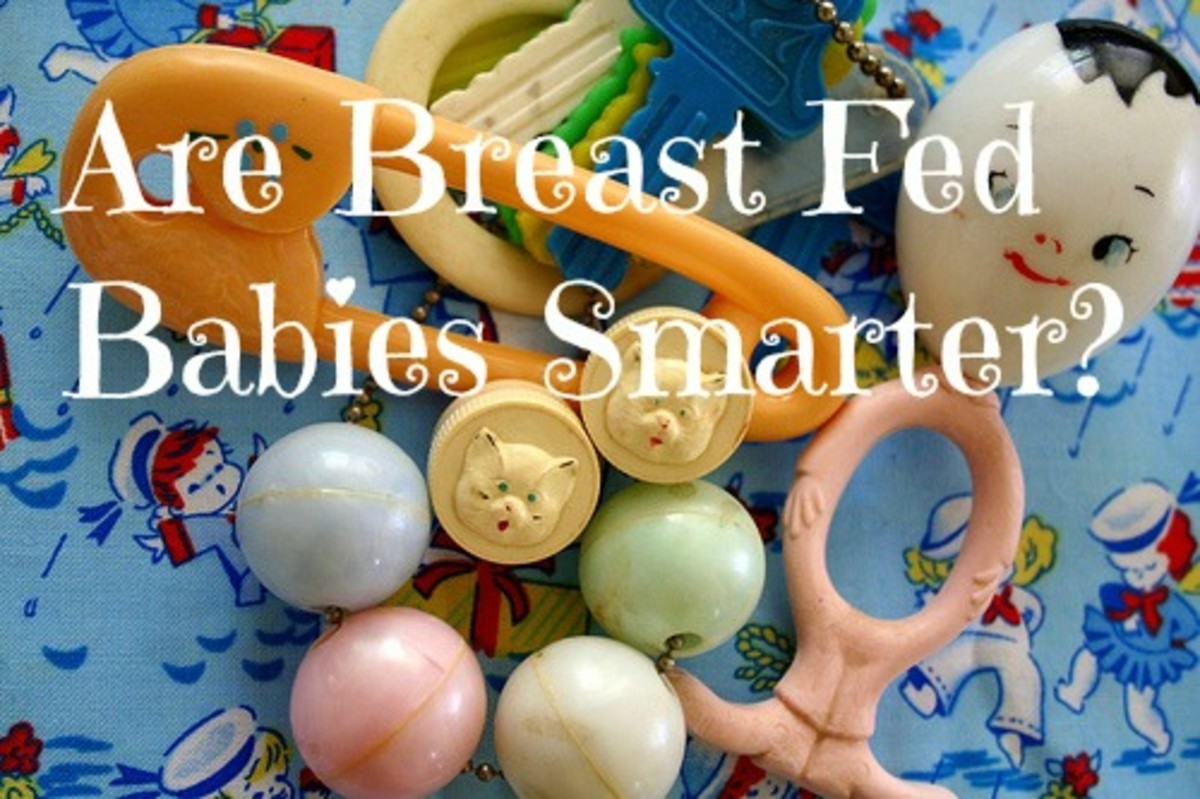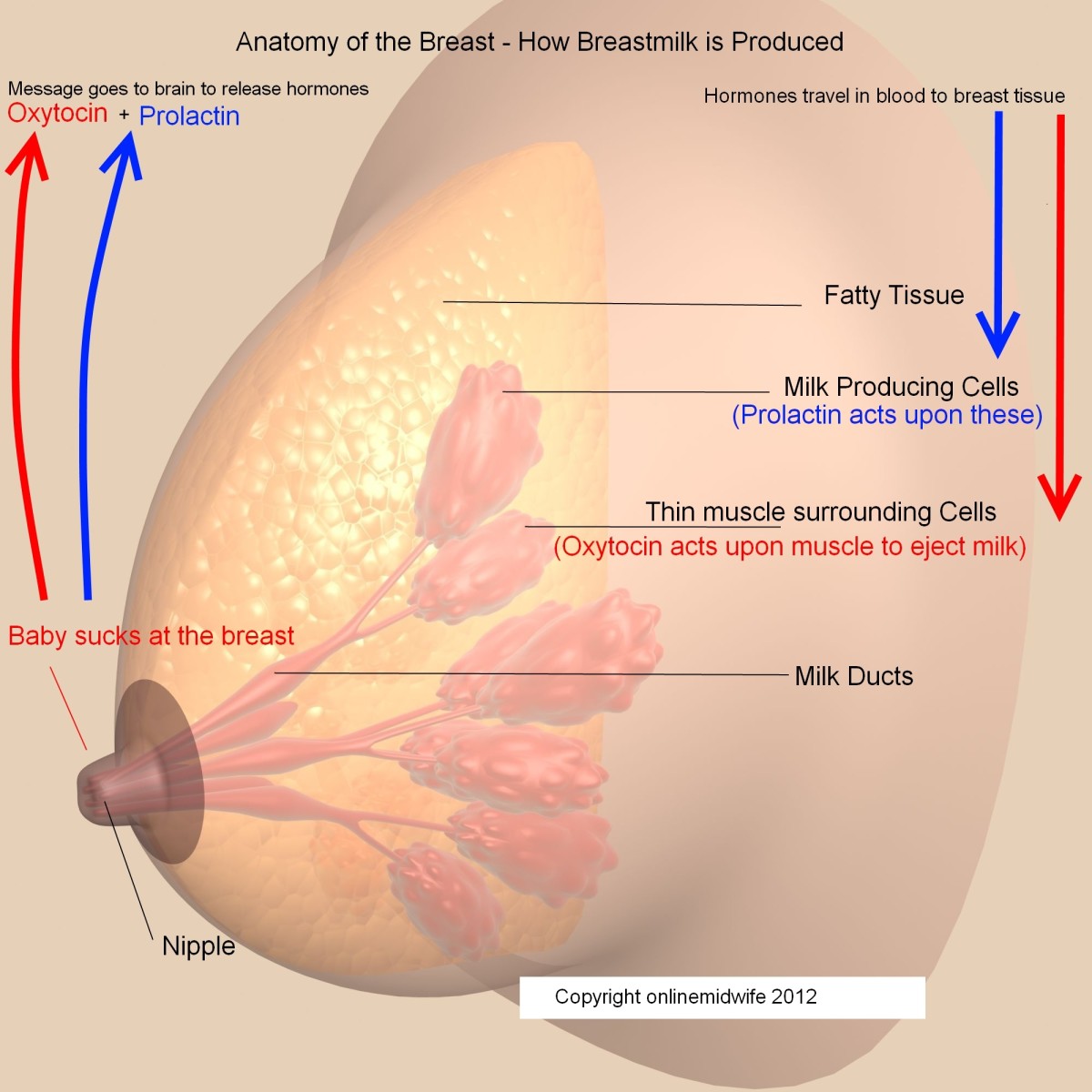Breastfeeding-Tips
Breast feeding benefits
Breast milk is the best food for most newborns. Mother Nature has evolved breast milk were by it contains all the nutrients a newborn needs for healthy growth and development during the first six months of life, as well as substances that help protect a newborn from numerous infections.
The fetus gets all its needed nutrients from the mother through the blood vessels that travel from the placenta through the umbilical cord and into the baby's bellybutton, while it is growing and developing. This includes compounds that help protect the baby's immune system from harm.
The baby's immune system is still not fully mature even after birth. But nature has cleverly developed a solution, fortunately.

Colostrum
The added help the baby needs, they get in part from colostrum found in the mother's milk via breastfeeding. Breast feeding is usually recommended for the first 12 months of life.
During the first few days of the baby's life, the mother's breast forms and delivers colostrum.
Colostrum is rich with fats, very high in protein, carbohydrates, white blood cells and other compounds that both nourish and provides an important super boost of antibodies to protect your baby and strengthen their immune system.
Colostrum is their only defense against disease until their own individual immune system develops the ability to respond to disease challenges.
Colostrum is the thick, sticky, yellowish breast milk that mothers produce for their babies only for a few days after giving birth.
Colostrums contains a particular type of antibody proteins called immunoglobulin.
Placenta and Immunoglobulin
Unborn babies receive immunoglobulins from their mothers through the placenta; the organ that permits exchange between the baby fetus and the mother. Blood from the fetus (Unborn baby) and the mother do not directly combine, but the thin placental membrane permits the fetus to receive oxygen and nutrients from the mother. Bodily waste from the unborn can be removed through the placenta.
Simple put, the placenta brings the grocery to the unborn baby from the mother and remove the trash back to the mother.
So consequently, when the infant is born they already have a full complement of immunoglobulins antibodies in their blood to defend them against bacteria and viruses until their own immune system is fully functional.
These antibodies are one of the body's leading weapons against invading fungi, viruses, bacteria, and further disease causing organisms.
Antibodies in the colostrums milk coat the gastrointestinal tract and protect against infections preventing them from entering the baby's bloodstream.
The colostrums also contains numerous macrophages; large white blood cell, found primarily in the bloodstream and connective tissue, that assists the body to fight off bugs by eating the disease-causing germs.
Breast milk is the best food for most newborns. Mother Nature has evolved breast milk were by it contains all the nutrients a newborn needs for healthy growth and development during the first six months of life, as well as substances that help protect a newborn from numerous infections.
Fat
Human milk contains just the right essential amount of water, sugar, fat, and protein for human digestion, hormone regulation, brain and nervous system development, and growth.
Babies need fat, both unsaturated and saturated. It is essential for growth, especially for the development of the brain, which is 60-per-cent fat and of the nervous system.
Carbohydrate
Carbohydrates is a nutrient energy source that the body's uses.
Carbohydrate is another collective category of food that includes fiber, starch, and sugars.
It is the primary source of food calories and energy for the body that adults will often try to keep down, although 57% of our protein intake normally is converted to glucose for energy.
But babies should never be put on a diet.
Breast milk
Breast milk is loaded in carbohydrates of just the right balance of vitamins, minerals and fat in the right amounts to help the baby develop in the best possible way.
Numerous studies have revealed that breastfeeding is extremely advantageous for babies. Human breast milk is the ideal nourishment for human babies. Its protein content particularly suited for a baby's metabolism, and the fat content is more easily absorbed and digested.
Most strongly suggest that breastfed babies have a better head start in life than those who are only bottle fed. Breast milk protects against ALL infectious diseases of early life, including dental cavities.
The pace of infectious illness is lower amongst newborns who are breastfed. The odds of breastfed babies getting infant diabetes are lower according to some studies. Breastfed babies see fewer doctor and hospital visits.
Children breastfed as babies also score higher on their IQ tests - a distinctive blend of substances found ONLY in breast milk boosts brain growth.
Mothers
Breastfeeding is also good for the mother. Women who breastfeed for several months have significantly lower rates of osteoporosis later in life, ovarian, breast, uterine cancers, and urinary tract infections.
Nursing promotes relaxation in your body; it also helps to helps your uterus contract back to size after birth, resulting in less postpartum bleeding. Numerous studies have found, again that the longer women breastfeed, the more they`re protected against breast and ovarian cancer.
Nursing is also nature's contraceptive-- even though not an awfully reliable one. Regular nursing suppresses ovulation, making it less likely for a nursing mother to menstruate, ovulate, or get pregnant.
When a mother doesn't breastfeed, she may experience an uncomfortable sensation in the breast. Take the time to massage your breasts while in the shower or bath, periodically throughout the day - such as when you're in the bathroom, and especially while baby is nursing.
Artificial pumping
Artificial pumping to extract the milk is usually required. Manual pumps, by their very character, are very quiet. What power choices the pump offers is also of importance. Manual, battery, or small electric breast pumps are intended for infrequent use and only after milk supply is well established. Rental/hospital grade breast pumps can cost $1,200 or more to buy and are therefore more inexpensive to rent. Manual or electric, a breast pump is great for continuing breastfeeding even when you're away from your baby. Don't forget to take a power point adaptor if your breast pump is electric.
Breastfeeding eliminates the need to do so.
Some breast feeding mothers may wish to use a pump anyway, in order to have a store of mother's milk available.
Bonding
Medically the bonding that takes place between mother and their newborn infant during breastfeeding may be hard to measure.
But the benefits are observable and real. There's still a lot to learn in the scientific community about the bonding that accurse between mother and baby during breastfeeding. We do know that the strong ties between parents and their youngster provide the baby's first example for positive self-esteem and intimate relationships and foster a sense of security. And the child's social and cognitive growth can be affected by the parents' responsiveness to the infant's signals.
Reliable studies
Some reliable studies suggest that breastfeeding also helps lower the odds of breast cancer and ovarian cancer by 25% (Ovarian cancer occurs when a tumor forms in one or both of a woman's ovaries).
Breastfeeding also delays the return of ovulation (Ovulation is a phase of the female menstrual cycle that involves the release of an egg (ovum) from one of the ovaries. New life begins if the ovum meets with a sperm during its journey down the fallopian tube.) and menstruation (Menstruation is part of the process that prepares a woman for pregnancy. Each month the lining of the uterus thickens; if pregnancy does not occur, this lining breaks down and is discharged through the vagina.).
That gives the recovering mother a break from having to deal with ovulation and menstruation during a very busy time of her life.
By breastfeeding you're giving yourself many benefits and your newborn the best possible start in life.
Nature has evolved breastfeeding to optimizing the health of both mother and child. Take advantage of all that breastfeeding has to offer.









